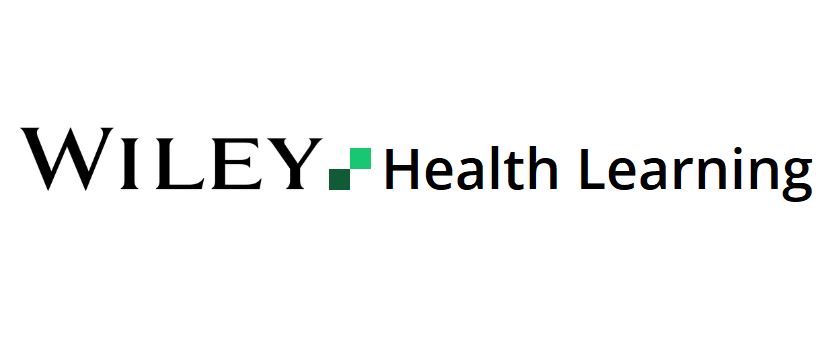Journal: American Journal of Hematology
Credit: 1.0 AMA PRA Category 1 CreditTM
Release Date: February 18, 2025
Abstract
The advent of molecularly targeted therapeutics has transformed the management of patients with acute myeloid leukemia (AML). Particularly for individuals unfit for intensive chemotherapy, lower intensity therapies (LIT) incorporating small molecules have significantly improved patient outcomes. With BCL2, IDH1, IDH2, and FLT3 inhibitors widely used for relapsed AML, combination regimens are now utilized in the frontline. Expansion of these targeted LIT combinations, along with development of novel agents including menin inhibitors, exemplifies the promise of precision medicine. Further understanding of molecular drivers of leukemic transformation and mechanisms of relapse will continue to advance frontline treatment options for patients with AML.
Activity Disclosures
Supported by an Independent Medical Education grant from AbbVie Inc.
DAP is a consultant/advisory board member for Abbvie, BMS, Gilead, Boehringer Ingelheim, Sanofi, Karyopharm, MEI, OncoVerity, Riegel, Syndax, Treadwell, Bivictrix, Qihan, Beigene, Ryvu. DAP is supported by the Robert H. Allen MD Chair in Leukemia Research and the Leukemia and Lymphoma Society’s Scholar in Clinical Research Award. CDD is a consultant/advisory board member for Abbvie, AstraZeneca, BMS, Genetech, GenMab, GSK, Immunogen, Notable Labs, Riegel, Schrodinger, Servier. CDD is supported by the LLS Scholar in Clinical Research Award. JM-P and JSG declare no conflicts of interest or disclosures.
This activity underwent peer review in line with standards of editorial integrity and publication ethics. Conflicts of interest have been identified and resolved in accordance with John Wiley and Sons, Inc.’s Policy on Activity Disclosure and Conflict of Interest.
Accreditation
John Wiley and Sons, Inc. is accredited by the Accreditation Council for Continuing Medical Education to provide continuing medical education for physicians. John Wiley and Sons, Inc. designates this journal-based CME activity for a maximum of 1.0 AMA PRA Category 1 Credit™. Physicians should only claim credit commensurate with the extent of their participation in the activity.
For information on applicability and acceptance of continuing medical education credit for this activity, please consult your professional licensing board.
This activity is designed to be completed within 1 hour. To successfully earn credit, participants must complete the activity during the valid credit period, which is up to three years from initial publication. Additionally, a score of 70% or better is needed to pass the post test.
Link to content: American Journal of Hematology | Blood Research Journal | Wiley Online Library
Subscription access to American Journal of Hematology is required for article content not under Open Access license.
